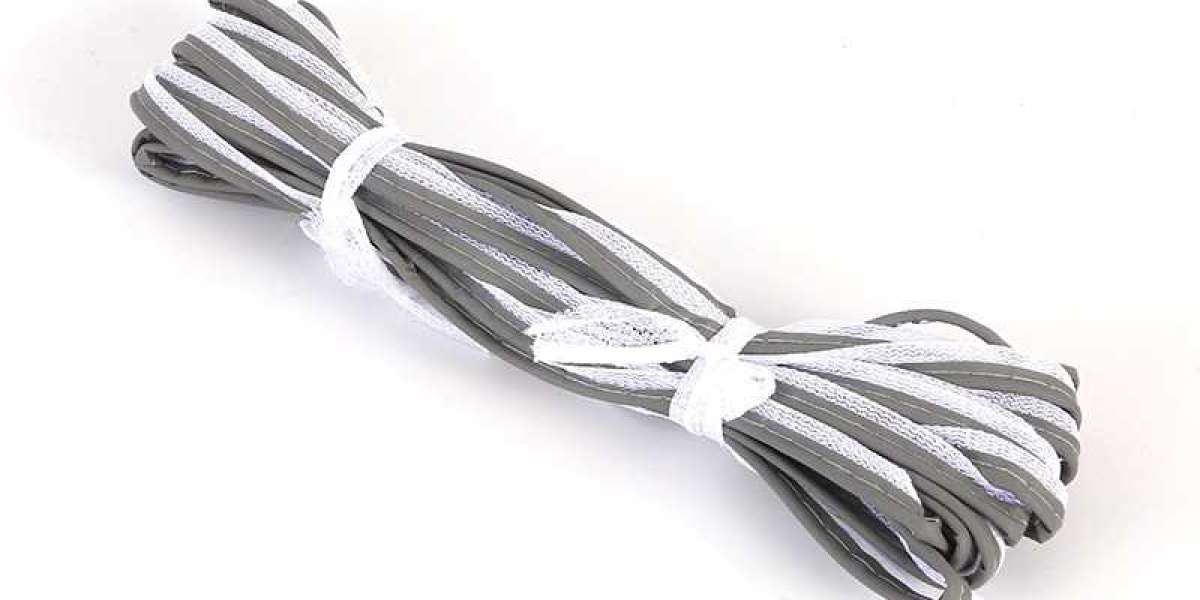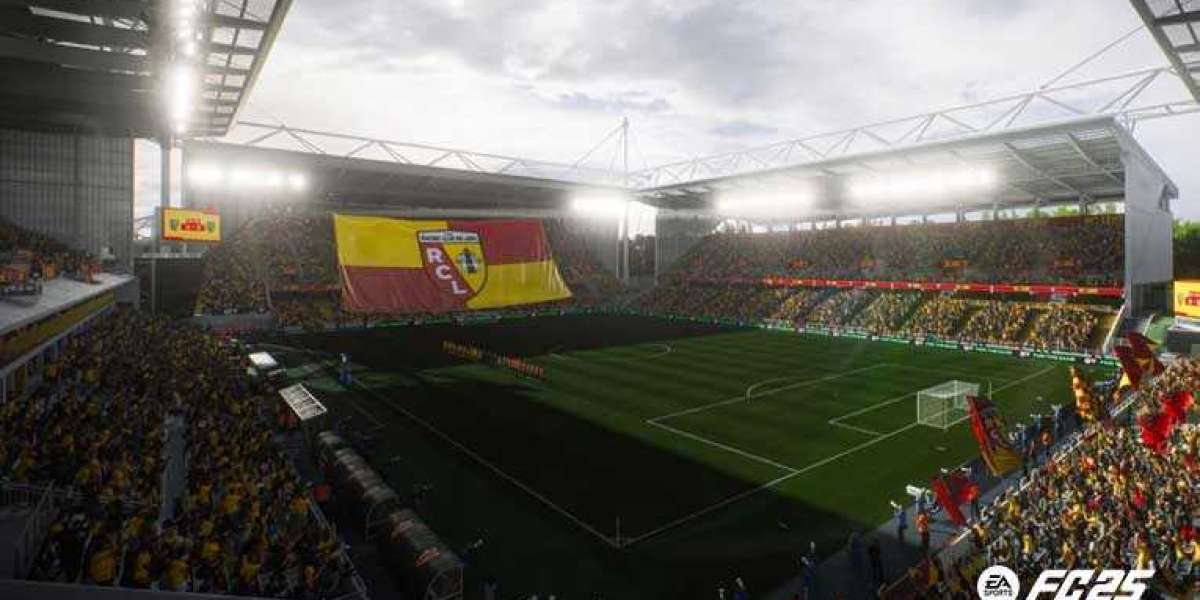The Importance of Visibility
Firstly, from a safety perspective, the application of reflective fabric strip significantly improves the wearer's visibility in low-light environments. This fabric strip reflects ambient light, making the wearer more conspicuous at night or in conditions with poor visibility. For example, for running enthusiasts, strategically placing reflective fabric strip on key areas of their sportswear, such as cuffs, hemlines, and the back, can effectively reduce the risk of traffic accidents. Similarly, in industrial settings, workers wearing uniforms with reflective fabric strip can be more easily identified in complex working environments, thereby reducing the likelihood of workplace injuries.
Moreover, reflective fabric strip plays a vital role in high-risk environments such as public transportation and construction sites. Bus drivers, railway staff, and construction workers often need to work during nighttime or early morning hours when visibility is low, increasing the risk of accidents. By incorporating reflective fabric strip into their uniforms, these professionals can be more easily seen by others. For instance, bus companies can add reflective fabric strip to drivers' uniforms to ensure they are visible when getting on and off the bus. On construction sites, safety helmets and vests can be equipped with reflective fabric strip to enhance workers' visibility, reducing the risk of accidents.
Ease of Processing and Sewing
In addition to enhancing visibility, reflective fabric strip boasts great processing properties, making it highly popular in clothing manufacturing. Compared to other functional materials, reflective fabric strip is easier to cut, sew, and heat-press. This allows designers and manufacturers to apply it flexibly to various types of clothing without significantly increasing production costs or technical complexity.
Firstly, cutting reflective fabric strip is very convenient. Due to its soft and somewhat elastic nature, it can be easily cut into the desired shapes and sizes. This is a significant advantage for designers who can tailor the strip to meet different design requirements. For example, when designing a pair of running pants, designers can cut the reflective fabric strip into thin strips and sew them along the contours of the garment, creating smooth lines that are both aesthetically pleasing and functional.
Secondly, sewing reflective fabric strip is straightforward. Most reflective fabric strips are made from high-strength textile materials, making them resistant to breaking or unraveling during the sewing process. Additionally, the strip's flexibility allows it to bend and fold easily, adapting to the curves of different parts of the garment. This ensures that sewing machines can operate smoothly without jamming or skipping stitches. For instance, when producing safety vests with reflective fabric strip, manufacturers can use standard home or industrial sewing machines to sew the strips onto the front, back, and sleeves of the vest, ensuring that each strip is securely attached to the garment.
Finally, reflective fabric strip supports heat-pressing technology. By applying high temperature and pressure, the strip can be firmly bonded to the surface of the garment, providing a lasting reflective effect. This technique is compatible with common fabrics like cotton and polyester, as well as specialized materials like leather and nylon. For example, in the production of motorcycle riding suits, manufacturers can use heat-pressing to affix reflective fabric strip to critical areas such as shoulders, elbows, and knees, enhancing the rider's visibility and safety during nighttime rides.








